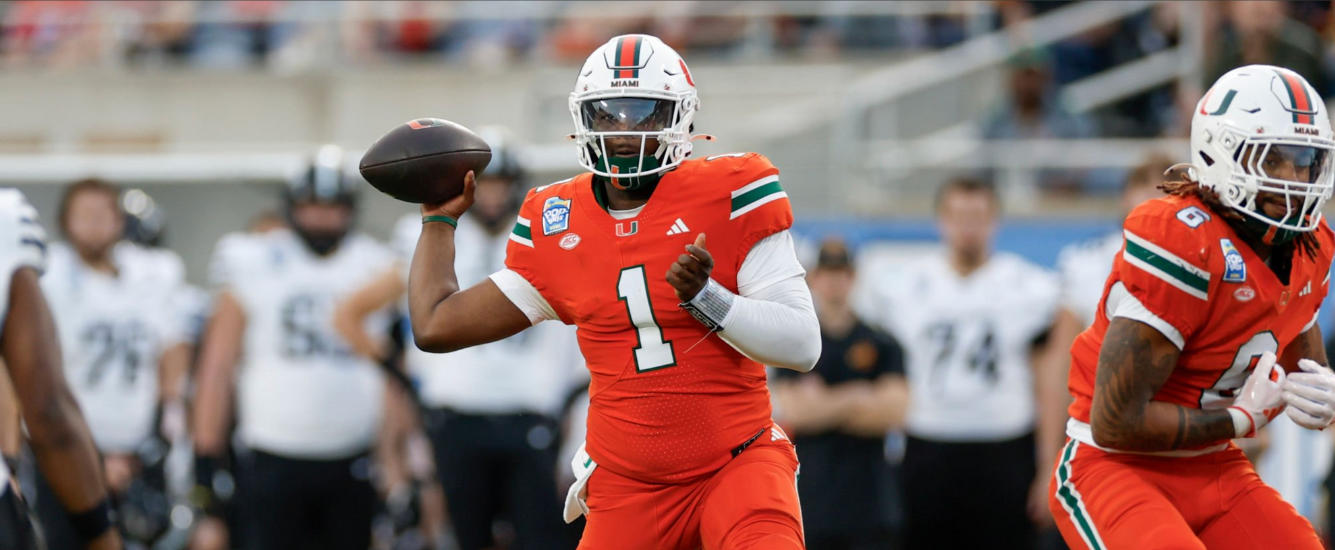Early this spring, I ran correlations on all the stats from the RotoViz Screener and many key advanced stats from the other RotoViz tools. I dated them back to 2015, using the entire field for all counting stats and minimums for stats based on averages and percentages, and I correlated them to the following year’s PPR (PPR.N1). This is a great exercise to understand better which stats give us a stronger signal about what is to come, and it’s probably good practice to refresh every few years since the game is constantly evolving.
Recently, I got an idea regarding how to rerack this concept to see if there are differences as we come closer to the apex of each position. I thought the information might be useful for discovering which stats better predict league-winning upside. I made three new columns and used simple ones and zeroes to signify whether a player met certain rank thresholds; in the first column, I gave ones to all the players who were in a range where they commonly would beat the trendline; the assignments were somewhat arbitrary, but they were based on generally observed patterns: 10 QBs, 20 RBs, 30 WRs, and 10 TEs (about ten per starter in home leagues). In the next column, I gave ones to players who tend to rise more significantly above the trendline: I chose three QBs, six RBs, nine WRs, and three TEs. In the next column, I reduced to one QB, two RBs, three WRs, and one TE.
I can’t use this information to inform a new fantasy football rule of law because many of the sample sizes in this study become way too small, particularly when we are using one representative per year and many of our advanced metrics only date back to 2019 (as a point of example, Josh Allen has been the No. 1 QB for four of the past five years, so a correlation to the No. 1 QB in PPR using dominant advanced stats dating back to 2019 essentially describes him as a player). But I hoped to find trends that told an evolutionary story as I moved through the three columns toward the apexes. I imagined treating the information I uncovered as a useful guide, like an inadmissible polygraph test that may provide insight but never officially cement a conviction.
COMPILING THE DATA
The RotoViz Screener makes it easy to get several important stats amassed onto one page and convert the information to a spreadsheet. Because it takes almost no time, I quickly ran a correlation of this type on many of the most significant stats across all positions. However, manual data entry is necessary for the advanced stats, which takes some time. I started with WRs (because I work for RotoViz), comparing stats from a given year to PPR.N1, and I’ve gotten some pretty interesting results.
Relative to PPR.N1, one stat that becomes incredibly important if we correlate this way is yards per route run (YPRR). Already one of the most correlative advanced stats to PPR.N1, it vaults to No. 1 when correlated exclusively to top-three finishes, ahead of even past PPR. Again, this is a very small sample size, so I looked for consistency among those who have ranked in the top three in the past five seasons.
| D. Adams | S. Diggs | T. Hill | C. Kupp | D. Adams | D. Samuel | D. Adams | J. Jefferson | T. Hill | A. St. Brown | C. Lamb | T. Hill | |
| Year | ‘19 | ‘19 | ‘19 | ‘20 | ‘20 | ‘20 | ‘21 | ‘21 | ‘21 | ‘22 | ‘22 | ‘22 |
| YPRR | 2.5 | 2.7 | 2.6 | 2.1 | 3.2 | 2.3 | 2.9 | 2.7 | 2.2 | 2.5 | 2.5 | 3.3 |
No top three finishers since 2019 have had fewer than 2.0 YPRR. A YPRR just over 2.0 is by no means elite, but most analysts probably think of 2.0 as a meaningful threshold on this stat; above this, a player is good, and below it, a player is no better than average. Furthermore, 2.5 is very good; 3.0 is elite. Maybe I’m speaking for everyone else in a way I shouldn’t; this is how I compartmentalize this stat.
Based on the fact that the results all fell between 2.1 and 3.3, I’m heartened. There are no results below the 2.0 threshold, so the consistency bolsters the potency of the stat. Likewise, the stats are also not buoyed by some unearthly result such as Tyreek Hill’s 4.0 YPRR in 2023, so the small sample size is not necessarily skewed by excessive outliers.
Furthermore, we can confidently use YPRR to seek under-the-radar players because YPRR already correlates well. In other words, we don’t have to pay a premium for the possibility of upside on a questionable stat, though we may have better upside on a stat we already trust than we realized.















